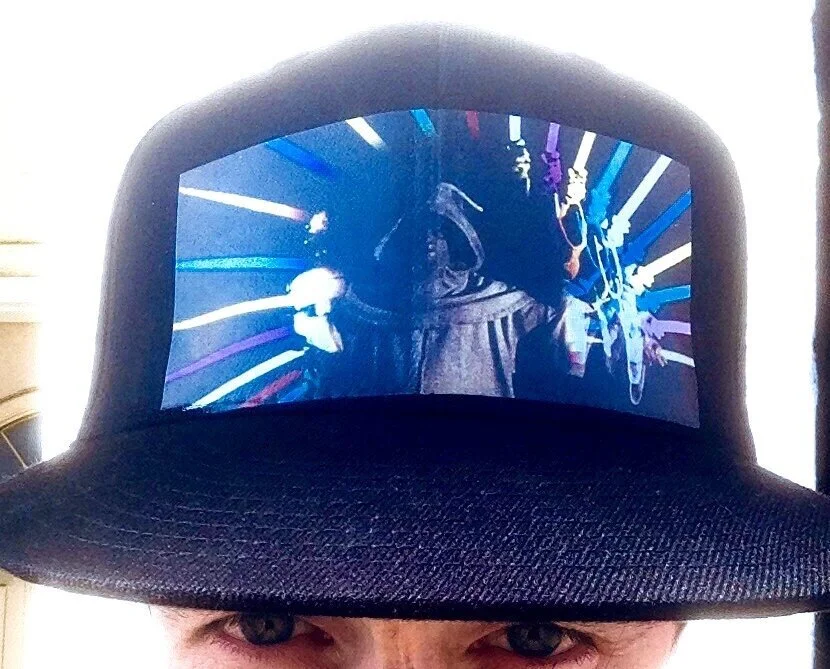
I offer amplification
of the Symbolic world
My name is Andrew Whiteman. I am a card reader and diviner. I work solely with the Tarot de Marseille; the oldest extant deck, originally created in Renaissance Italy, and one whose iconography remains relatively intact. The Tarot de Marseille is a doorway. It is the most allegorical. It contains the least amount of authorial static or cultural debris. There is no mysticism, no fixed messages. I am loyal only to the image, not expectation. Each time a card is pulled, its meaning and symbolism are re-triggered to meet the latest moment. Ekphrasis all the way.
I remember my first encounter. We began to ‘go downtown’ when I was 13 or so. We picked a direction and began walking. One time, after going farther than we were used to, we walked past a place called ‘The Occult Shoppe’. We went in and the first waft of Nag Champa I had ever smelled walloped me in the face. It was heaven. Here was a store that seemed to place value in books and objects that I could tell had no place anywhere ‘real’. The threat of magic seemed possible. This was around 1982 – push button phones were not in every household. A remote belonging to a screen had not been invented. I felt that while there was certainly some actual mystery and potential illegality going on here after hours, or at some undisclosed location, the fact that I could buy something hermetic and read and learn about it was a pure thrill – something inner, something that didn’t translate into the day-world, something that was goofy when you brought it out into the open, but resonant when you wrapped it in a scarf and looked at the images and tried to imagine who invented it all, how did it work, did it convey power, why was it so hypnotic, so in-drawing if it was just bullshit?
Yes I was intoxicated by the esoteric Tarot, but I didn’t go any further into the ‘world’ of the occult, it just wasn’t convincing enough. I kept the deck of cards I eventually bought, the Aquarian Deck. It was when I passed from inner teen boy to touring musician that I simply forgot about the cards; and not until a friend showed me her copy of Costa & Jodorowski’s “The Way of the Tarot” in Spanish that I was re-bitten, this time, with fangs.
The Tarot de Marseille’s iconography satisfies my profound need to participate in another temporality while the method grounds me in the present moment. The Marseille’s knowledge is literally drawn from an unknown hand, it contains the least amount of personal static, of artistic ego. This makes it western culture’s sensorial lingua franca, a hobo’s code, the secret that hides in plain sight.

